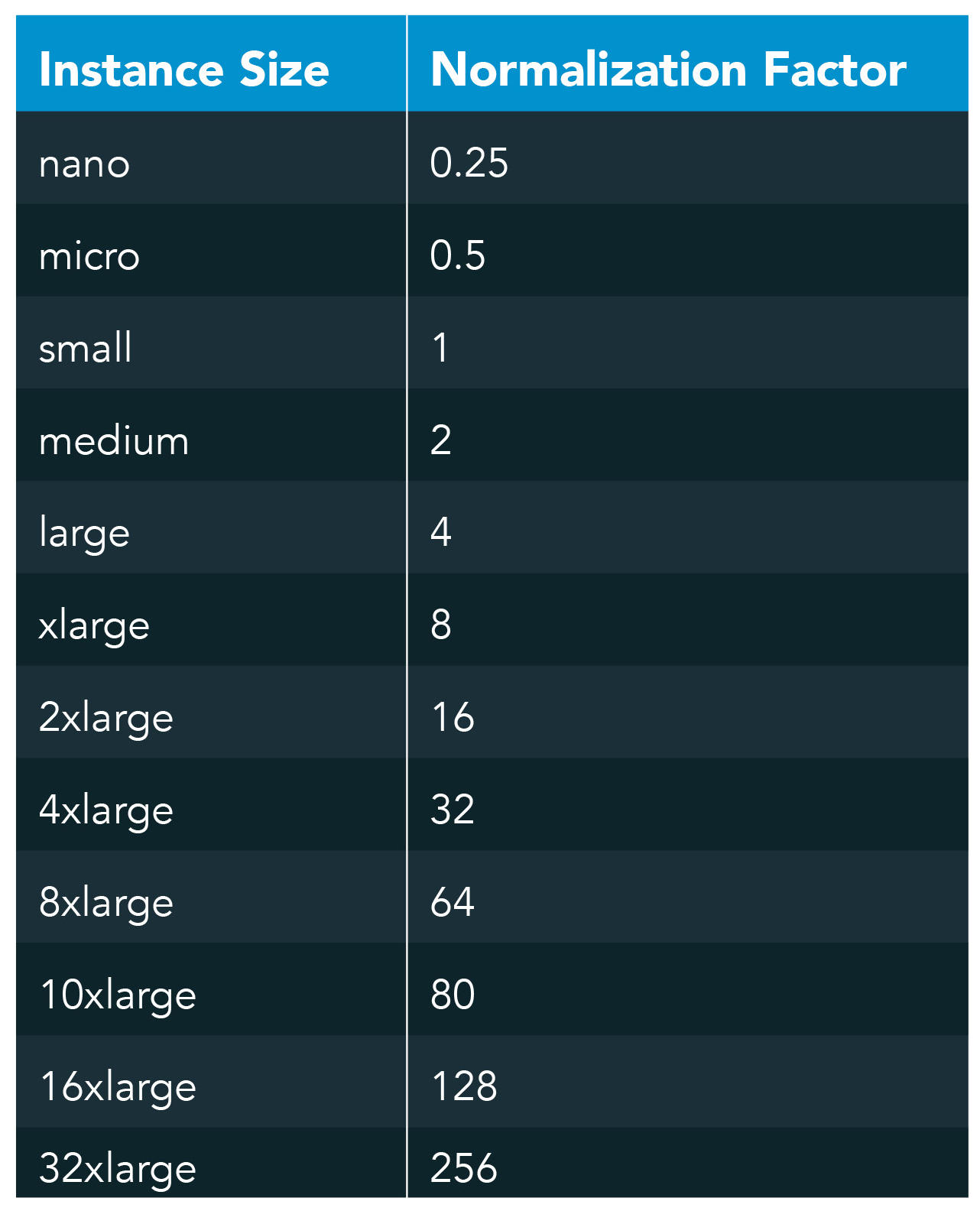At ECS, we’ve gathered the best minds in technology to design, develop, and deploy solutions that address our customers’ most complex problems. The ECS Cloud Center of Excellence assembles architects, analysts, and practitioners who speak fluent “cloud.” In this #ECSTechTalk post, Hitesh Pandya and Dr. Imran Bashir explore how customers can take advantage of cost savings for compute services in Amazon Web Services.
By Hitesh Pandya
Sr. Cloud Architect
AWS Certified Architect (Professional)
Compute services are a large part of cloud costs. To manage cost effectively, it is important to collect cloud usage data, analyze utilization, and identify the resources that will be used in alignment with a business use case. One AWS cost management tool which helps you visualize, understand, and manage your AWS costs and usage over time is AWS Cost Explorer. In addition, there are two AWS services that provide an opportunity to effectively reduce cloud costs: AWS Reserved Instances and AWS Savings Plans. In this blog, we offer a quick introduction to each of these services and compare the two to help your organization benefit from them.
Reserved Instances
The term reserved instance (RI) causes a lot of confusion. This is because a reserved instance is not really an instance, but a term agreement for reserved capacity and resource allocation to be used by an EC2 instance which fits specified criteria. By signing a one- or three-year commitment, you get a reduced rate on that amount (and type) of usage. One can think of it like a coupon or voucher that you’ve paid for—you still have to apply the reservation correctly to gain its value.
The key feature to reduce costs in AWS is by using RIs to commit to usage of a specific instance type and operating system within an AWS region. The model, as it stands today, gives you discounts of up to 72%, but it does require coordination of RI purchases and exchanges in order to ensure that an optimal mix that covers usage that might change over time. Some of the variations that have been introduced to provide flexibility are:
Regional Benefit – This is the option of choice when the discount is more important than the capacity reservation, and a customer is willing to trade it for increased flexibility.
Instance Size Flexibility – All regional Linux/UNIX RIs with shared tenancy now apply to all sizes of instances within an instance family and AWS region, even if you are using them across multiple accounts via consolidated billing. This will further reduce the time that you spend managing your RIs and will let you be even more creative and innovative with your use of compute resources.
All new and existing RIs are sized according to a normalization factor that is based on the instance size:

Let’s say you already own an RI for a c4.8xlarge. This RI now applies to any usage of a Linux/UNIX C4 instance with shared tenancy in the region. This could be:
- One c4.8xlarge instance
- Two c4.4xlarge instances
- Four c4.2xlarge instances
- Sixteen c4.large instances
It also includes other combinations such as one c4.4xlarge and eight c4.large instances.
If you own an RI that is smaller than the instance that you are running, you will be charged the pro-rated, on-demand price for the excess. This means that you could buy an RI for a c4.4xlarge, use that instance most of the time, but scale up to a c4.8xlarge instance on occasion. You’ll pay only half of the on-demand, per-hour price for the larger instance. If you own an RI for a large instance and run a smaller instance, the RI price will apply to the smaller instance. However, the unused portion of the reservation will not accumulate.
Convertible Reserved Instances – Convertible RIs give even more flexibility and offer a significant discount (typically 45% compared to on-demand). These are best suited for when you don’t have a good understanding of your long-term requirements. If your needs change, you simply exchange your convertible reserved instances for other ones. You can change into convertible RIs that have a new instance type, operating system, or tenancy without resetting the term. Also, there’s no fee for making an exchange and you can do so as often as you like.
When you make the exchange, you must acquire new RIs that are of equal or greater value than those you started with; in some cases, you’ll need to make a true-up payment in order to balance the books. The exchange process is based on the list value of each convertible RI; this value is simply the sum of all payments you’ll make over the remaining term of the original RI. For example, you can convert C3 RIs to C4 RIs to take advantage of a newer instance type or convert C4 RIs to R4 RIs if your application turns out to need more memory. Convertible RIs can also be used to take advantage of EC2 price reductions over time.
Savings Plans
In November 2019, AWS launched a new and flexible discount model that provides you with the same discounts as reserved instances, in exchange for a commitment to use a specific amount (measured in dollars per hour) of compute power over a one- or three-year period.
Every type of compute usage has an on-demand price and a (lower) savings plan price. After you commit to a specific amount of compute usage per hour, all usage up to that amount will be covered by the saving plan, and anything past it will be billed at the on-demand rate.
If you own reserved instances, the savings plan applies to any on-demand usage that is not covered by the RIs. AWS will continue to sell RIs, but savings plans are more flexible, and I think many of you will prefer them!
AWS Savings Plans are available in two flavors:
Compute Savings Plans provide the most flexibility and help to reduce your costs by up to 66% (just like convertible RIs). The savings plan pricing automatically applies to any EC2 instance and are flexible across:
- Instance family: E.g. move from C5 to M5
- Region: E.g. change from EU (Ireland) to EU (London)
- OS: E.g. Windows to Linux
- Tenancy: E.g. switch dedicated tenancy to default tenancy
- Compute options: E.g. move from EC2 to Fargate or EKS
EC2 Instance Savings Plans apply to a specific instance family within a region and provide the largest discount (up to 72%, just like standard RIs). Just like with RIs, your savings plan covers usage of different sizes of the same instance type (such as a c5.4xlarge or c5.large) throughout a region. They are flexible across:
- Size: E.g. move from m5.xl to m5.4xl
- OS: E.g. change from m5.xl Windows to m5.xl Linux
- Tenancy: E.g. modify m5.xl dedicated to m5.xl default tenancy
Summary
To help in deciding which cost management services is better for you, below is a table comparing AWS Reserved Instances with AWS Savings Plans and the savings options:

Savings plans are a welcome addition to the options available for cost savings on compute.
Some points to bear in mind are:
- Savings plans are not yet available for Amazon Relational Database Service (RDS)
- When using consolidated billing, benefits of the savings plans, just like RI’s, get applied to the account where they are purchased first, and any remainder would get applied across the other accounts in the organization. There is a single setting for sharing of RI and savings plans between accounts and it is not possible to specify independent sharing options.
- From an accounting standpoint, savings plans cannot be capitalized.
Cloud economics analysis is one of the many services that ECS offers to its customers. We help our customers optimize their cloud costs with native AWS services like reserved instances and savings plans as well as leveraging our in-house built tools.







